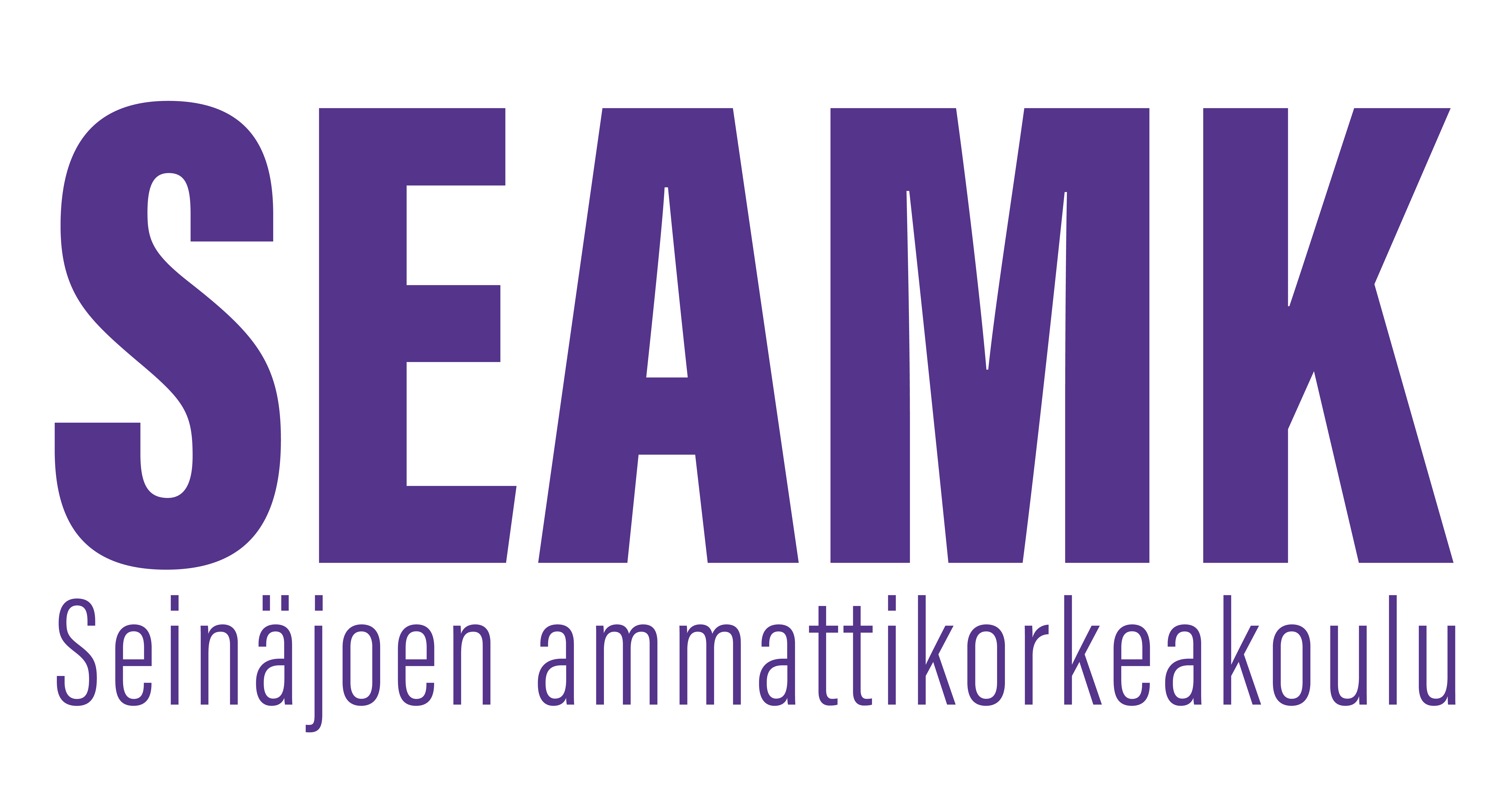Evidence-Based Nursing and Information Searching (2op)
Toteutuksen tunnus: BA00CO80-3002
Toteutuksen perustiedot
- Ilmoittautumisaika
- 16.04.2022 - 07.09.2022
- Ilmoittautuminen toteutukselle on päättynyt.
- Ajoitus
- 02.09.2022 - 31.12.2022
- Toteutus on päättynyt.
- Opintopistemäärä
- 2 op
- Lähiosuus
- 2 op
- Toteutustapa
- Lähiopetus
- Toimipiste
- SeAMK Seinäjoki, Kampustalo
- Opetuskielet
- englanti
- Koulutus
- Bachelor of Health Care, Nursing
- Opettajat
- Sinikka Vainionpää
- Silja Saarikoski
- Ryhmät
-
MRN22Degree Programme in Nursing, Nursing Branch, Registered Nurse, RN, (UAS)
- Opintojakso
- BA00CO80
Arviointiasteikko
1-5
Tavoitteet
The student understands the concept and role of evidence-based nursing in health and social services. The student understands the role of a nurse in evidence-based practice and is committed to the role. The student actively seeks and uses scientific knowledge in various nursing duties and decision-making and in the Bachelor's Thesis. The student understands the importance of uniform practices and acts accordingly. The student seeks information in health science databases. He/ she knows how to define nursing needs and how to plan, implement and evaluate nursing in accordance with the nursing process. The student knows how to use nursing scientific knowledge in decision-making and is motivated to pursue evidence-based practice.
The student knows how to search, locate, evaluate and use scholarly information in studies and working life. The student knows how to use databases of health sciences. The student knows how to use library and information services effectively.
Sisältö
The concept and goals of evidence-based practice. The most important health science databases and sources of summarised information. Defining nursing needs and planning, implementation and evaluation of nursing. Nursing science and its central concepts. Nursing science as a knowledge foundation for nursing practice and education.
Library and information services. Information seeking process. Databases of health sciences.
Oppimateriaalit
Eriksson, K. et al. 2007. Hoitotiede. WSOY.
Holopainen et al. 2013. Johda näyttö käyttöön hoitotyössä. Fioca Oy
Kangasniemi, M., Viitalähde, K. & Porkka, S. 2010. A theoretical examination of the rights of nurses. Nursing Ethics. 127 (5) 628-635.
Opettajan osoittama ajankohtainen materiaali
Opetusmenetelmät
Luento-opetus, itsenäinen opiskelu, Artikkelin haku tietokannasta,
Käsiteanalyysitehtävä ja sen esittäminen seminaareissa.
Tiedonhankinta 1 pääosin verkkokurssina.
Opiskelijan ajankäyttö ja kuormitus
Kontakti: Luennot 6 tuntia, seminaarit 6 tuntia sekä itsenäistä opiskelua 14 tuntia.
Tiedonhakinta 1: 26 h / 1 opintopiste (5 h kontaktiopetusta, 21 h itsenäistä opiskelua).
Arviointikriteerit, tyydyttävä (1)
1-2
The student has only a narrow surface understanding of the role of nursing scientific knowledge in decision-making. The student uses nursing scientific concepts in a limited way, without an understanding of their meaning or connection to the practice of nursing. Student's information seeking skills are limited and he/ she does not know how to seek information in the most important health science databases. The learning assignments are lacking in relation to the instructions, with limited use of sources and considerable errors in the referencing system. Student's work is unplanned and of poor quality. The student presents learning assignments in a shallow manner, contributing little information, without visual aids, reading from the paper. When giving feedback to peers, it becomes apparent that he/she has a limited understanding of the concept of peer feedback, and the questions are comments rather than questions. The student is passive in seminars, with little or no contribution.
Arviointikriteerit, hyvä (3)
3-4
The student understands the role of nursing scientific knowledge and uses contemporary nursing scientific sources in decision-making. The student uses nursing scientific concepts and understands their meaning to the practice of nursing. The student knows how to seek information in the most important health science databases. The student follows instructions given on learning assignments and, when writing references, observes the Seinäjoki UAS guidelines on written assignments. The student works in a deliberate, mostly self-directed manner and in a responsible, planned way. He/ she prepares for and uses visual aids in presentations of learning assignments. The student prepares for and provides peer feedback in a constructive way. The student actively takes part in seminar discussions.
Arviointikriteerit, kiitettävä (5)
5
The student demonstrates interest in and understands the role of nursing scientific knowledge and applies contemporary nursing scientific sources in decision-making. The student uses nursing scientific concepts extensively, analytically and critically. The student knows how to seek information in the most important health science databases. The student applies the information extensively and critically. The student follows instructions given on learning assignments and, when writing references, observes the Seinäjoki UAS guidelines on written assignments. He/ she works in a deliberate, self-directed, responsible and planned manner. The student carefully prepares for presentations of learning assignments, uses visual aids and distinctive and creative solutions. The student prepares for and provides peer feedback in a critical way, suggesting new perspectives to the topic. He/ she actively takes part in seminar discussions and widens the perspective on the concept under discussion.
Arviointikriteeri, hyväksytty/hylätty
Fail
The student demonstrates no understanding of the role of nursing scientific knowledge in decision-making. The student does not know nursing scientific concepts, their meaning or connection to the practice of nursing. The student does not know how to seek information in the most important health science databases. The learning assignments are lacking in relation to the instructions, with major errors in the referencing system. Student's work is unplanned and of poor quality. The presentations on learning assignments are inadequate or they fail to give the presentations.When giving feedback to peers, it becomes apparent that the student has a limited understanding of the concept of peer feedback, or completely fails to give feedback. The student is passive in seminars, with little or no contribution.
Esitietovaatimukset
No prerequisites
